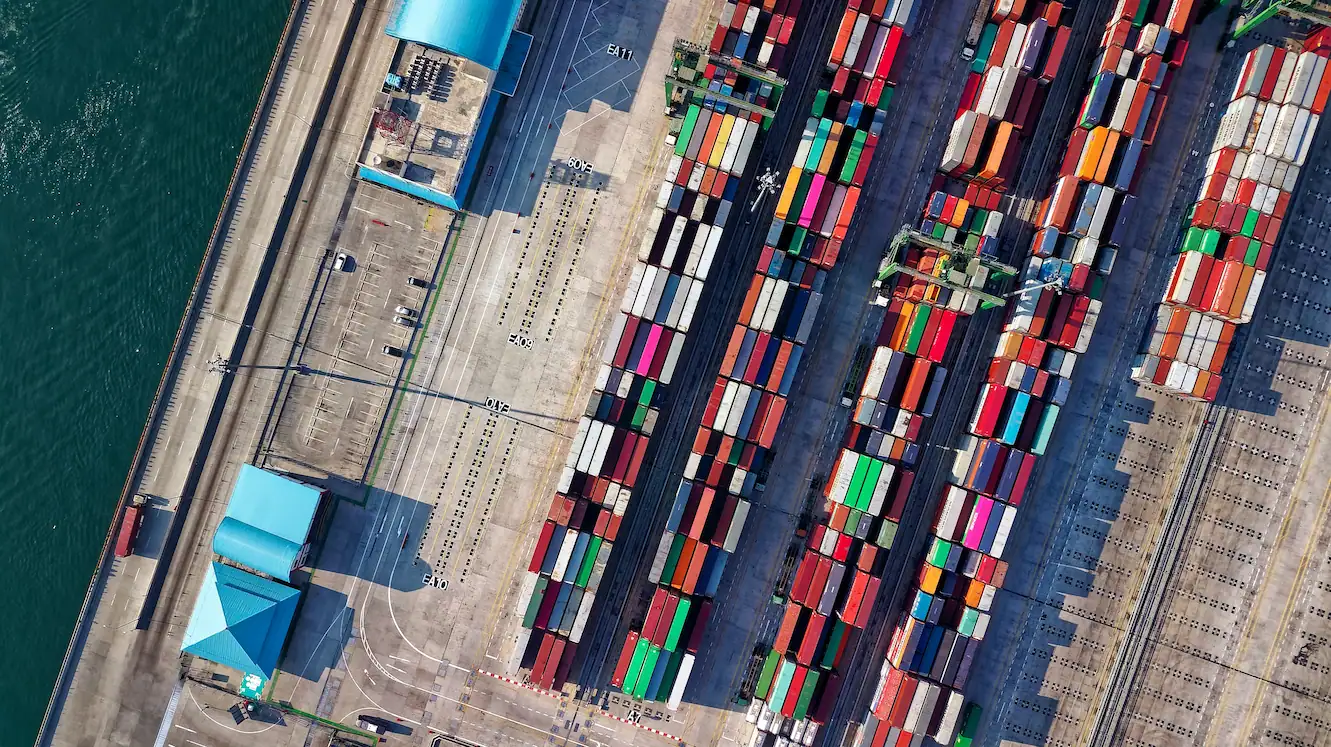In today’s rapidly evolving business landscape, sustainability is no longer a buzzword but a strategic imperative. Organizations are increasingly exploring innovative solutions to reduce their environmental impact while driving operational efficiency and cost savings. In fact, according to Gartner®: Implement Reusable Transport Packaging to Improve Sustainability research:
“By 2025, 90% of public sustainable packaging commitments won’t be met due to reliance on plastics and single-use packaging.”
2025 is right around the corner. This statistic is staggering. In fact, many companies are even adjusting their packaging sustainability goals to be more realistic. The challenge has continued to be where to start to make improvement. I believe it starts with data. With a solid data foundation, your company can optimize toward more sustainable packaging, which can improve your bottom line, while meeting sustainability commitments.
The struggle between cost optimizations and packaging innovation is not new, but in order to make progress in packaging sustainability, companies must focus on new packaging solutions. One such solution that has garnered significant attention is reusable transport packaging. This approach not only aligns with circular economy principles but also offers tangible benefits in terms of cost optimization, quality improvement, and waste reduction.
The Drive Towards Circularity
The push towards circular and sustainable packaging goals is compelling organizations to accelerate the adoption of reusable packaging solutions within their supply chains. Unlike single-use packaging, reusable transport packaging can be used multiple times, significantly reducing the volume of waste generated. This shift not only helps in achieving sustainability targets but also optimizes costs by minimizing the need for constant re-purchasing of disposable packaging materials.
However, identifying the best opportunities for implementing reusable transport packaging can be challenging. It requires a thorough assessment of where these solutions can replace single-use options effectively and deliver the desired benefits.
Key Benefits of Reusable Transport Packaging
Cost Optimization
Reusable transport packaging offers substantial cost savings over time. While the initial investment may be higher compared to single-use options, the long-term savings from reduced material costs, lower waste management expenses, and decreased labor requirements make it a financially viable option.
Quality Improvement
Durable and robust reusable packaging provides better protection for products during transit, thereby reducing damage rates. This not only ensures higher customer satisfaction but also lowers costs associated with product returns and replacements.
Waste Reduction
By replacing single-use product packaging with reusables, organizations can significantly cut down on the amount of waste generated. This aligns with global sustainability goals such as those outlined by the United Nations’ Sustainable Development Goal 12, which calls for substantial reductions in waste generation through prevention, reduction, recycling, and reuse by 2030.
Enhanced Efficiency
Reusable transport packaging systems often incorporate advanced tracking technologies like RFID or embedded coding. These technologies facilitate better inventory management and increase visibility across the supply chain, leading to improved operational efficiency.
Strategic Implementation Steps
Assessing Opportunities
Supply chain leaders should start by conducting a comprehensive audit to identify where reusable transport packaging can replace single-use options. This involves detailing the associated benefits and trade-offs of making such a switch.
Developing a Test-and-Learn Plan
A phased approach is recommended for implementing reusable transport packaging:
- Shortlist Potential Candidates: Identify specific areas or products where reusables could be trialed.
- Conduct Internal Assessments: Evaluate end-to-end processes to understand how reusables would integrate into current operations.
- Review Costs and Benefits: Analyze both financial implications and operational requirements to ensure feasibility.
Closed-Loop Systems
Closed-loop supply chains are ideal environments for deploying reusable transport packaging as they enable better control over asset movements without relying on third-party interventions. Examples include internal transfers between manufacturing plants or distribution centers where dedicated vehicles can facilitate drop-off and pick-up models efficiently.
High-Volume Flow Identification
Consistent high-volume flows offer excellent opportunities for justifying investments in reusable transport packaging. Predictable shipping frequencies simplify planning and forecasting needs related to reusable assets.
How a Specification Management Can Help
Implementing reusable transport packaging represents a strategic move towards achieving greater sustainability within supply chains while unlocking significant cost-saving potentials. There are a lot of innovations and trends companies can latch onto when it comes to sustainability, but packaging is an area where you can see a significant impact, given you are using the right sustainable packaging solutions.
With a strong data foundation, companies can optimize costs and reduce waste. When you have your specification data, organized, digitized, and optimized, decision-making around sustainability and other business strategies becomes proactive vs. reactive. That’s a game-changer.
Our patented, purpose-built Specification Data Management (SDM) platform enables companies to perform Year-over-Year sustainability analysis across packaging, products, and suppliers. Companies can also take a proactive approach to Life Cycle Assessments with our integration with Trayak, and more easily report on things like Extended Producer Responsibility (EPR) and other growing sustainability regulations. Companies can track everything from raw materials to finished goods, including supplier data to ensure their sustainability requirements are being met.
As businesses continue to prioritize environmental stewardship alongside profitability goals, adopting innovative approaches like reusable transport packaging will play an increasingly critical role in shaping sustainable futures. If you’d like to learn more, download this latest research from Gartner: Implement Reusable Transport Packaging to Improve Sustainability or connect with our team of experts.
Gartner, Implement Reusable Transport Packaging to Improve Sustainability, John Blake, 7 November 2023
GARTNER is a registered trademark and service mark of Gartner, Inc. and/or its affiliates in the U.S. and internationally and is used herein with permission. All rights reserved.
Explore More Blogs
Get Started
With Specright’s Solution Suite, you can digitize, centralize, and link your specification data to drive efficiencies, intelligence, traceability, and collaboration within your organization and across your supply chain network.




